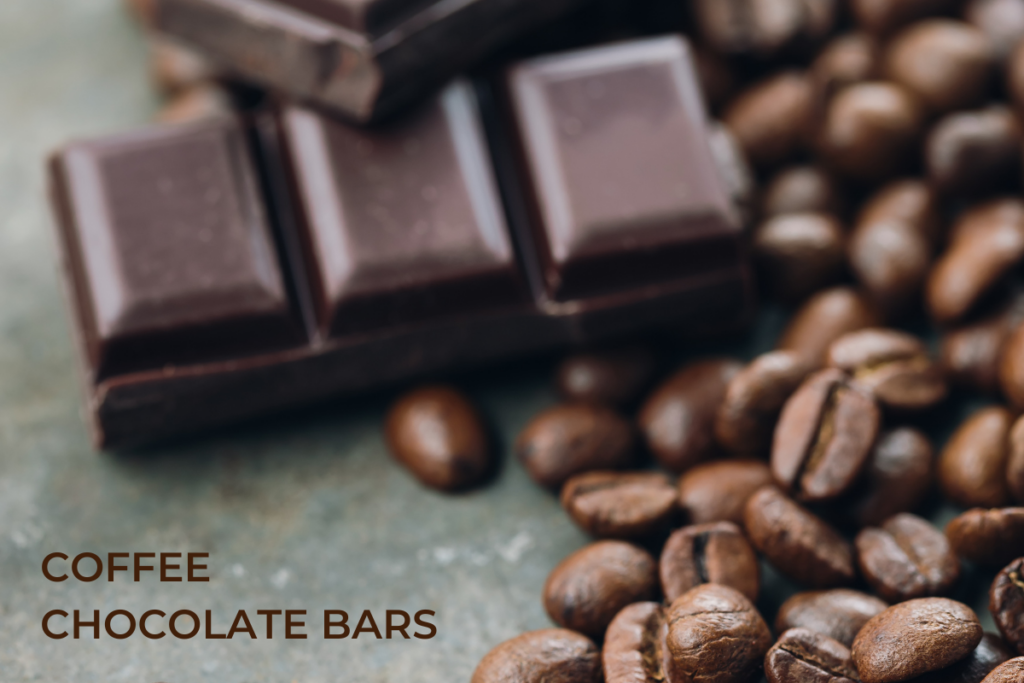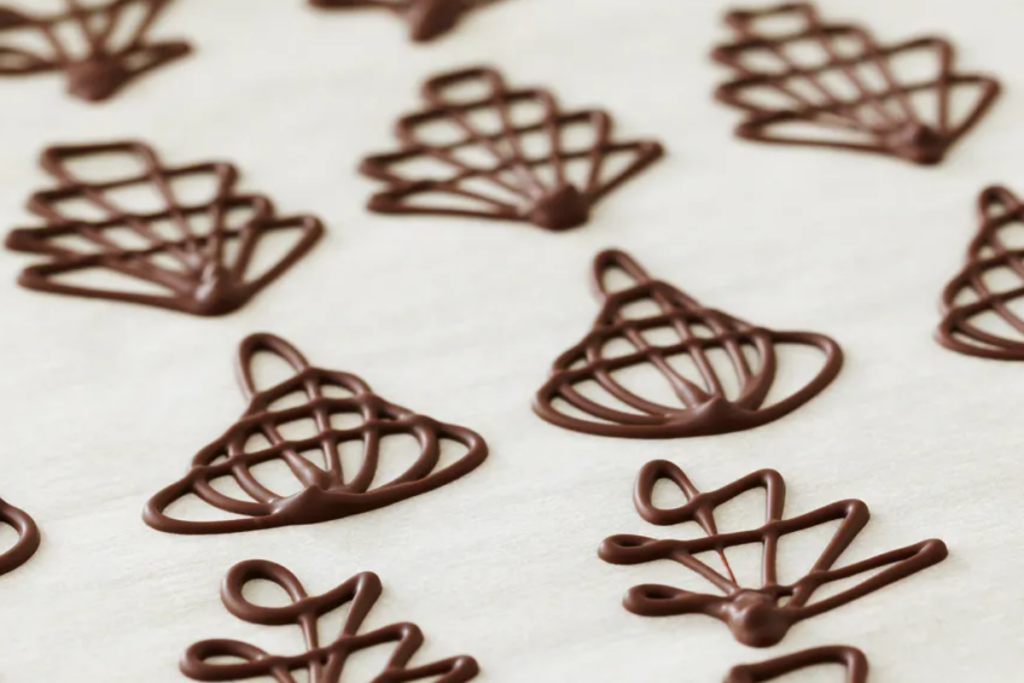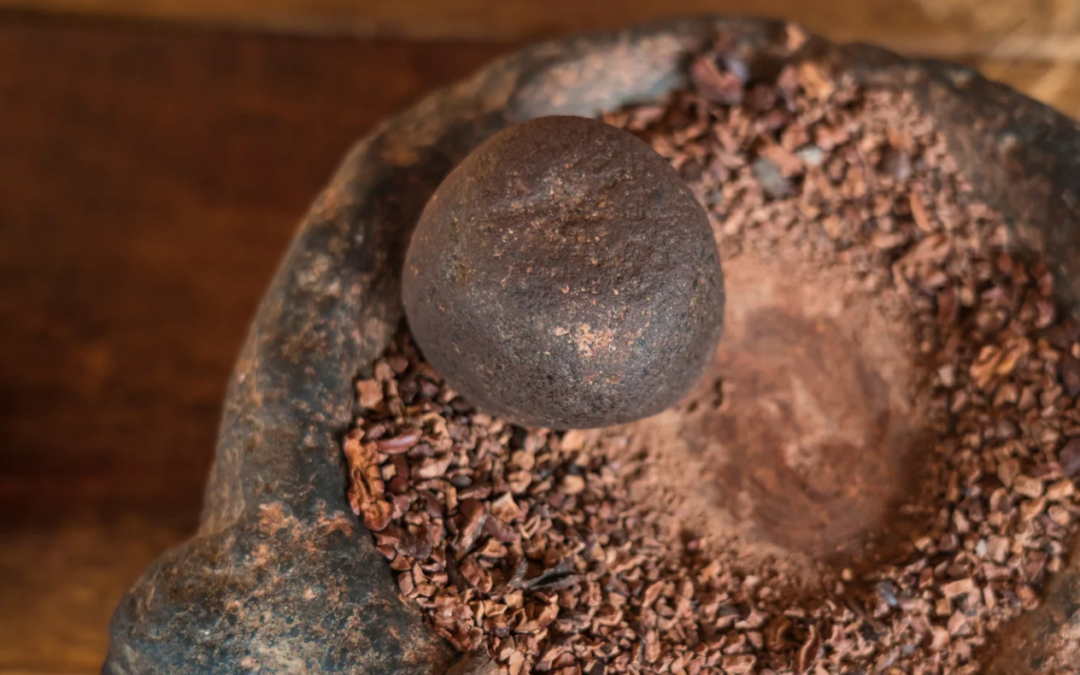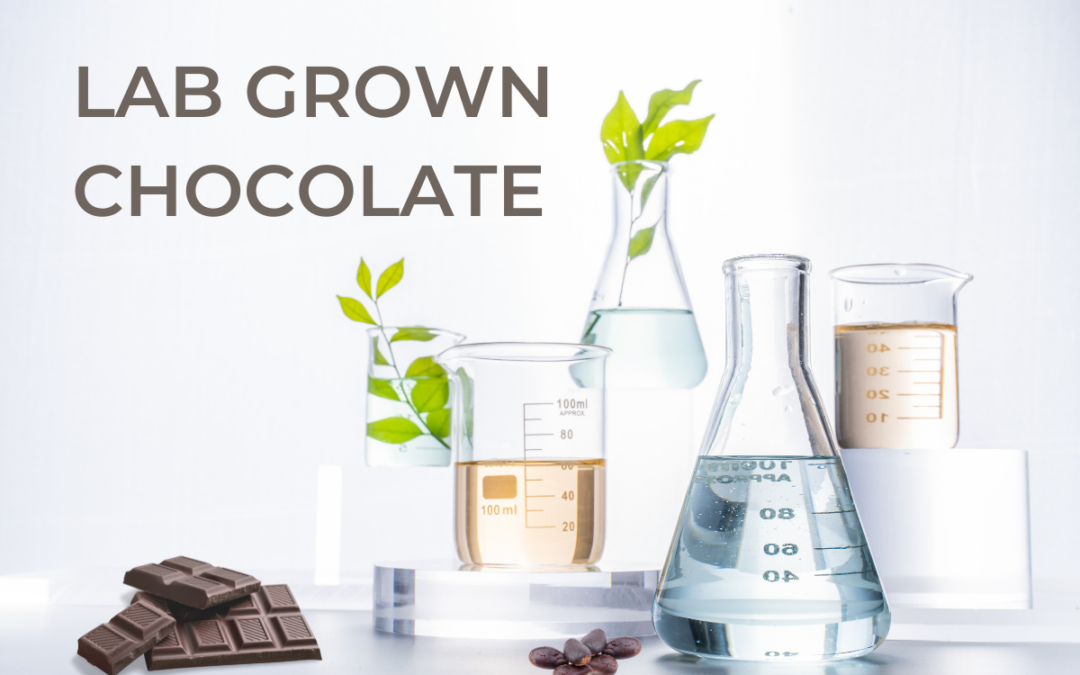Can you name the most common ingredients in chocolate? You might know some—if you have deep chocolate knowledge, maybe you know all of them! But have you ever wondered how these ingredients shape your favorite chocolate’s flavor, texture, and quality?
Nowadays, there are countless varieties of chocolate, each featuring a wide range of flavors and ingredients. This abundance can make it challenging for consumers to know exactly what goes into the most common types of chocolate.
We understand that this topic might seem obvious to some, but we believe it’s helpful to clarify the key ingredients found in the most common types of chocolate and how the ratio of ingredients matters. Our goal is to give you a clear understanding of these ingredients so that when you’re buying chocolate or trying to make chocolate at home, you’ll know exactly where to start and what to buy.
Understanding chocolate composition
Chocolate is created using only a handful of essential ingredients that determine its flavor, texture, and quality. While the specific ingredients may differ by type, these are the primary ones:
- Cocoa
- Sugar
- Milk Powder
Chocolate composition by type
- Dark Chocolate – Cocoa beans, cocoa butter, sugar (no milk powder).
- Milk Chocolate – Cocoa beans, cocoa butter, sugar, milk powder.
- White Chocolate – Cocoa butter, sugar, milk powder (no cocoa solids).
1. Cocoa Components
The cocoa in your chocolate can take multiple forms which can affect chocolate flavor and intensity. All contribute to the “% cocoa” number displayed on the front of the package.
The foundation of all chocolate, derived from cacao trees and transformed into different forms. Typically, the beans are roasted, cracked and de-shelled, resulting in cocoa nibs, which are simply smaller pieces of the cocoa bean.
- Cocoa Mass (aka Chocolate Liquor)
The pure, ground form of cocoa beans contains both cocoa solids and cocoa butter.
The non-fat part of cocoa that gives chocolate its deep flavor and color. Cocoa powder is a common form of cocoa solids.
The natural fat from cocoa beans that contributes to the smooth and creamy texture. Cocoa beans are approximately half cocoa butter, which can be expelled in a special heated press.
2. Sweeteners
Commonly added to balance the bitterness of cocoa in milk and dark chocolates.
Some chocolates use monk fruit, date sugar, coconut sugar, stevia, or erythritol as substitutes.
Learn more about Why does sugar matter in chocolate?
3. Dairy
- Milk Powder
Provides creaminess and sweetness to milk chocolates. Most often derived from cow’s milk, but some chocolate makers will use goat or even camel milk powder.
- Vegan Milk Powder
Provides creaminess and sweetness with an alternative powder commonly derived from ingredients such as oats, almonds or rice.
Other ingredients you might find in chocolate
Emulsifiers
Typically used to reduce viscosity and modify the texture of the chocolates. Lecithin is often derived from soy beans or sunflower seeds.
- PGPR (Polyglycerol Polyricinoleate)
Used in some chocolates to reduce viscosity and improve flow during production.
Flavor Enhancers
Vanilla can be used to enhance chocolate flavor, smoothing out its natural bitterness and making it taste richer. Even in unsweetened chocolate, it adds a subtle sweetness without actual sugar. Vanilla can help reveal hidden notes in cacao, enhancing fruity, nutty, or caramel-like flavors. However, it can also be used to mask imperfections. Be sure to distinguish whether vanilla is enhancing the chocolate’s profile or covering up flaws.
- Salt
Enhances and balances the chocolate’s taste.
Added fat
Keep an eye on the label for added animal or vegetable fats that might be replacing the most expensive cocoa butter. These cheaper alternatives can negatively impact flavor and texture. Chocolate made with alternative fats is typically labelled “compound chocolate.”
Inclusions and infusions
Added for texture and flavor variations. These additions can be an excellent way to bring local flavors and cultural traditions to a chocolate recipe.
- Candies, Cookies or Puffs
Pop Rocks, cookie crumbs and puffed rice are a great way to add a textural element to your chocolate creations.
Read this article to gain a better understanding of the nutritional value of different types of chocolate.
Conclusion: Understanding chocolate ingredients for better choices
Knowing the key ingredients in chocolate allows you to make more informed decisions, whether you’re purchasing or making it yourself. Understanding how cacao, cocoa butter, sugar, and other additives influence flavor and quality helps you choose chocolate that aligns with your taste and dietary preferences. More importantly, if you decide to craft your own chocolate, you’ll have a solid foundation to start with and a clear idea of what ingredients to use.
For more great articles and recipes, check out the rest of our CocoTerra blog.
If you have any questions or comments, feel free to contact us through our social media channels. We are @cocoterra_co on Instagram and Pinterest and @cocoterraco on X (aka Twitter) and Facebook.








